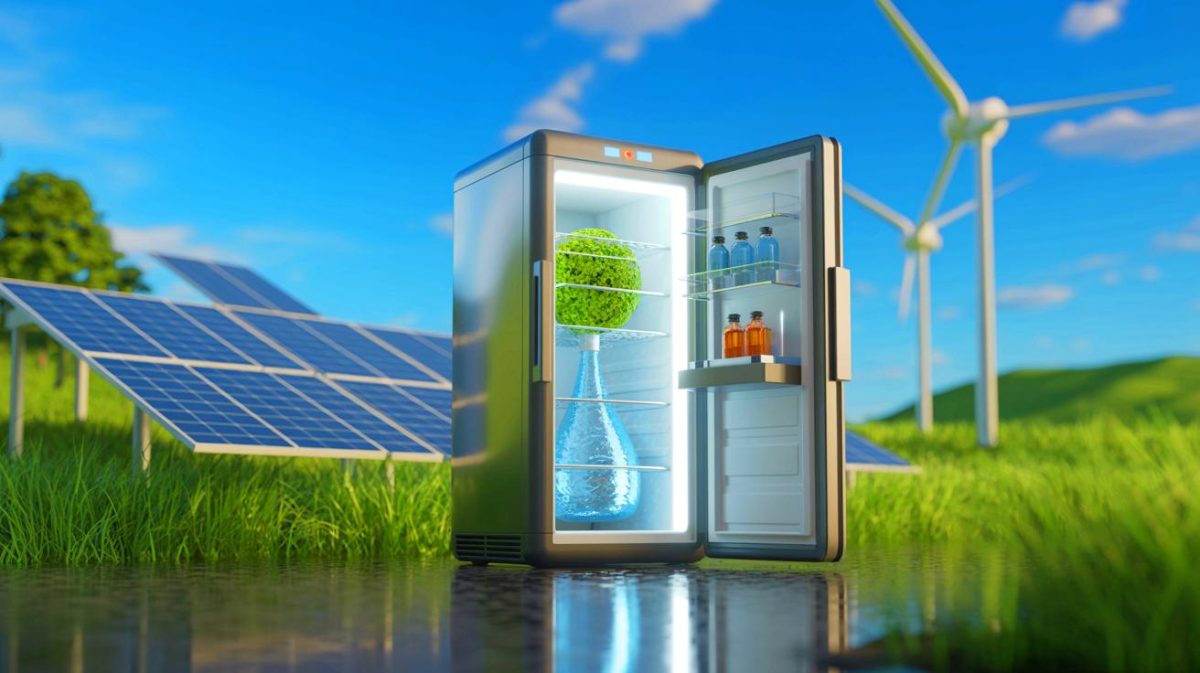This Machine Makes Gasoline From Thin Air: A Game-Changer for the Energy Industry
Imagine a world where gasoline isn’t drilled from the earth, but pulled directly from the air — no pipelines, no pollution-heavy extraction, and no dependency on oil-rich regions. That world might not be far off. Scientists have revealed a revolutionary machine that converts carbon dioxide from the atmosphere into usable liquid fuel, and it could reshape the global energy landscape forever.
A Machine That Turns Air into Fuel? Yes, Really.
At the heart of this breakthrough is a concept that once sounded like science fiction: capturing CO₂ from the air and transforming it into gasoline. The machine, developed by researchers working on synthetic fuel technologies, uses a combination of direct air capture (DAC), water electrolysis, and chemical conversion to produce carbon-neutral synthetic fuel.
Unlike traditional gasoline, which adds new carbon to the atmosphere, this fuel recycles existing CO₂, creating a closed carbon loop.
How the Technology Works: Step by Step
CO₂ is captured from ambient air using advanced filters.
Hydrogen is separated from water using electrolysis, powered by renewable energy.
CO₂ and hydrogen react through a process called Fischer-Tropsch synthesis, creating liquid hydrocarbons.
The result: a usable synthetic gasoline that works in existing engines.
What makes this so groundbreaking is the use of air as a feedstock — a resource that’s available everywhere, essentially free, and non-depleting.
Why Scientists Are Calling It a Breakthrough
For decades, the biggest barrier to synthetic fuels was cost and energy efficiency. But now, thanks to advances in renewable power, material science, and chemical engineering, this machine offers:
Higher efficiency in carbon capture
Lower production costs using clean energy
Scalability, allowing it to work both in labs and real-world pilot plants
This isn’t just lab talk anymore — early-stage production units have already begun operating in test facilities across Europe and North America.
Could It Replace the Fossil Fuel Industry?
While still in its infancy, this technology has the potential to completely upend traditional oil-based economies. Here’s why:
Zero drilling required
Compatible with existing fuel infrastructure
Reduces net CO₂ emissions
Decentralized fuel production — no need to transport oil
If scaled globally, synthetic fuel from air could reduce dependency on fossil fuel imports, curb climate change, and spark a new wave of clean industrial growth.
Key Challenges Ahead
Despite the hype, this tech isn’t without hurdles:
High initial setup costs for the reactors
Requires consistent renewable electricity supply
Long-term economic competitiveness with fossil fuel remains uncertain
Regulatory and fuel certification processes still evolving
That said, experts believe these are short-term hurdles — not dealbreakers.
Why This Matters Now
As climate urgency intensifies and countries set net-zero goals, innovations like this offer a third path — beyond just electric vehicles or hydrogen:
Immediate use in current engines
Reduces the carbon footprint of planes, ships, and trucks
Makes clean fuel globally accessible, not just in developed economies
In a world still dependent on liquid fuels, this machine offers a bridge solution that could significantly slow climate change without waiting for entire systems to be replaced.
FAQs
Q1: Is this gasoline safe to use in normal cars?
Yes. Synthetic fuel created through this process is chemically similar to conventional gasoline.
Q2: Is it commercially available now?
Not yet at large scale. Pilot projects are ongoing, and commercial rollout is expected within 5–7 years.
Q3: How is this different from electric vehicles?
Unlike EVs, this tech works with existing fuel engines, making it easier to adopt without new infrastructure.
Q4: Who is behind this innovation?
Multiple companies and research groups in Europe and North America are leading this development, with support from energy and climate-focused agencies.
Q5: Can this help reduce global warming?
Yes. By capturing CO₂ and reusing it, this technology can drastically reduce net emissions when scaled properly.
